Cricket or Ticket: NY Now Has Cameras Designed to Identify Loud Cars

New Yorkers with aftermarket exhaust systems may want to be extra careful because a law, signed by Governor Kathy Hochul to increase fines on sound violations, now has a new enforcement tool designed to spot noisemakers.
Approved in autumn of 2021, the SLEEP (Stop Loud and Excessive Exhaust Pollution) Act raised the fine on vehicles producing excess sound in NY from $150 to a whopping $1,000. But drivers are now learning that getting busted won’t necessarily require whizzing past a squad car while their Borla snap-crackle-and-pops surrounding eardrums. NYC residents have begun receiving notices in the mail after being caught by the auditory equivalent of speed cameras.
A notice from the city’s Department of Environmental Protection (DEP) was shared on the Lowered Congress car-culture Facebook group on February 13th before being picked up by Road & Track. In the notice, the DEP explains to the owner of a BMW M3 that their exhaust was found to be too loud and that the car would need to be brought in for analysis in order to avoid additional fines.
“I am writing to you because your vehicle has been identified as having a muffler that is not in compliance with Section 386 of the Vehicle and Traffic Law, which prohibits excessive noise from motor vehicles. Your vehicle was recorded by a camera that takes a pictures [sic] of the vehicle and the license plate. In addition, a sound meter records the decibel level as the vehicle approaches and passes the camera,” read the order.
From R&T:
The order goes on to tell the owner to bring their car to a location specified by the DEP — a sewage treatment plant, to be precise—for inspection. Show up, and you’ll have the opportunity to get the car fixed to avoid a fine — much like California’s “fix-it” ticket system. The document also informs the owner that if they fail to show up, they could face a maximum fine of $875, plus additional fines for continuing to ignore the summons.
A New York City DEP spokesman confirmed to Road & Track via email the system is part of a small pilot program that’s been running since September 2021. From the description [in the letter], it sounds like it works much like a speed camera that automatically records a violation and sends it to you in the mail by reading your license plate. Instead of a speed gun, this new system uses a strategically placed sound meter to record decibel levels on the road, matching it to a license plate using a camera.
Governor Hochul previously said that making New York’s automotive noise fines the highest in the nation was designed to discourage drag racing after The New York Times speculated that street meets had increased during the pandemic. While your author cannot verify an uptick in frequency, I can attest that late-night meetups persisted through lockdowns in parts of Queens and Brooklyn. There was also renewed interest in breaking the record for completing a full lap of Manhattan after everyone realized there were far fewer people on the street. But nobody ever managed to beat Afroduck — or failed to share a successful run after realizing they’d probably be arrested.
Assertions were made that upping the penalties for noise violations would mean less rambunctious behavior in parking lots and on public roads, resulting in better sleep for those tucked into bed. Though anybody who has lived in the city probably knows that there’s a 100-percent chance that they’ll be subjected to a garbage truck, fire engine, and at least one couple arguing directly outside their window before the night is over.
Whoever moderates Lowered Congress clearly isn’t a fan of the new measures.
“A meter that checks the sound of your car when you pass by, takes a picture of your car and plate and sends the ticket to you, NYC is on a different level of crazy right now,” read the caption for the shared image of the DEP notice.
I have some concerns as well.
An amendment to the SLEEP Act cut any official definition of what constitutes excessive noise in New York State, meaning there’s no formal limit on decibels. Authorities just need to deem it “excessive or unusual,” which causes problems when it’s an automated system that’s issuing those judgments. So you basically have to guess whether or not your vehicle is trigging the camera when it cruises by and cannot get any feedback from the government until it’s too late.
The Department of Environmental Protection said the program will be reevaluated on June 30th. If the government decides it was worthwhile, the plan is to expand its use in New York City before establishing a statewide network of microphone-equipped cameras.
[Image: ChicagoPhotographer/Shutterstock]

A staunch consumer advocate tracking industry trends and regulation. Before joining TTAC, Matt spent a decade working for marketing and research firms based in NYC. Clients included several of the world’s largest automakers, global tire brands, and aftermarket part suppliers. Dissatisfied with the corporate world and resentful of having to wear suits everyday, he pivoted to writing about cars. Since then, that man has become an ardent supporter of the right-to-repair movement, been interviewed on the auto industry by national radio broadcasts, driven more rental cars than anyone ever should, participated in amateur rallying events, and received the requisite minimum training as sanctioned by the SCCA. Handy with a wrench, Matt grew up surrounded by Detroit auto workers and managed to get a pizza delivery job before he was legally eligible. He later found himself driving box trucks through Manhattan, guaranteeing future sympathy for actual truckers. He continues to conduct research pertaining to the automotive sector as an independent contractor and has since moved back to his native Michigan, closer to where the cars are born. A contrarian, Matt claims to prefer understeer — stating that front and all-wheel drive vehicles cater best to his driving style.
More by Matt Posky
Latest Car Reviews
Read moreLatest Product Reviews
Read moreRecent Comments
- Turbo Is Black Magic My wife had one of these back in 06, did a ton of work to it… supercharger, full exhaust, full suspension.. it was a blast to drive even though it was still hilariously slow. Great for drive in nights, open the hatch fold the seats flat and just relax.Also this thing is a great example of how far we have come in crash safety even since just 2005… go look at these old crash tests now and I cringe at what a modern electric tank would do to this thing.
- MaintenanceCosts Whenever the topic of the xB comes up…Me: "The style is fun. The combination of the box shape and the aggressive detailing is very JDM."Wife: "Those are ghetto."Me: "They're smaller than a Corolla outside and have the space of a RAV4 inside."Wife: "Those are ghetto."Me: "They're kind of fun to drive with a stick."Wife: "Those are ghetto."It's one of a few cars (including its fellow box, the Ford Flex) on which we will just never see eye to eye.
- Oberkanone The alternative is a more expensive SUV. Yes, it will be missed.
- Ajla I did like this one.
- Zerofoo No, I won't miss this Chevrolet Malibu. It's a completely forgettable car. Who in their right mind would choose this over a V8 powered charger at the rental counter? Even the V6 charger is a far better drive.



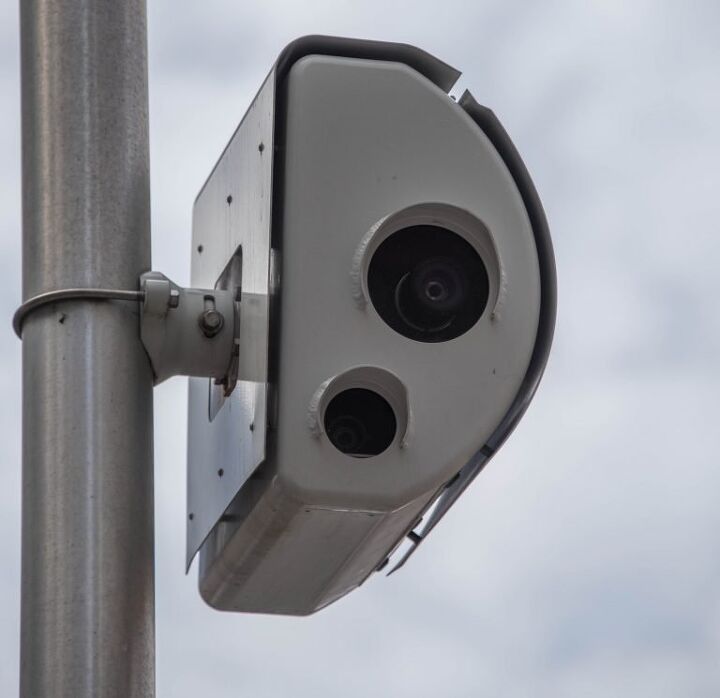















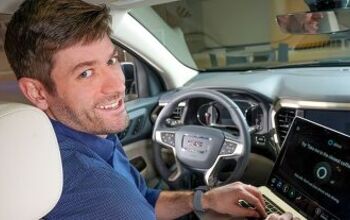
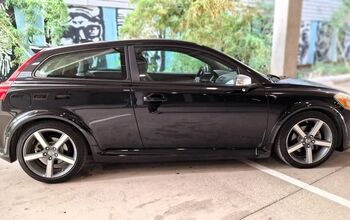
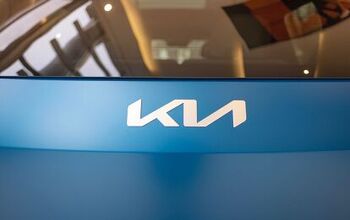
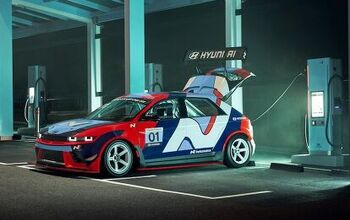
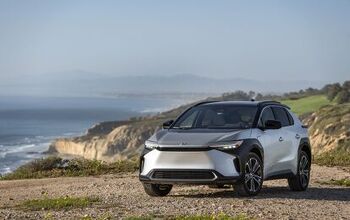

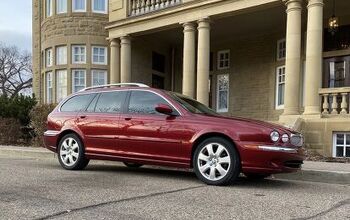
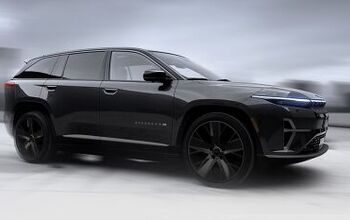

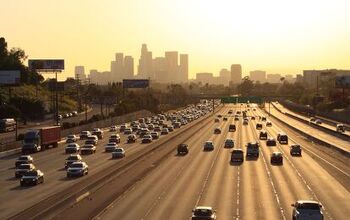
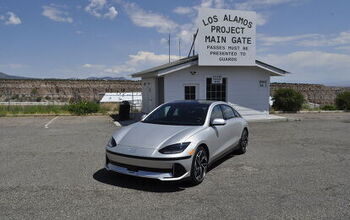
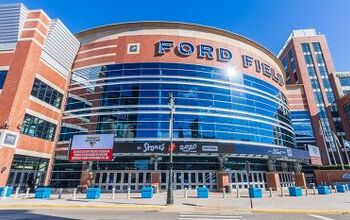
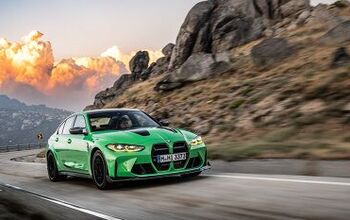
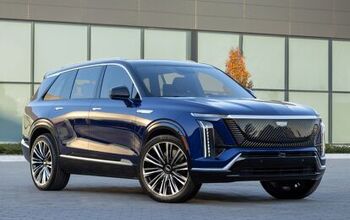
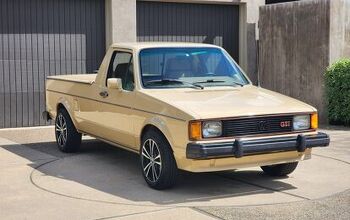
Comments
Join the conversation
Hmmmm, unless this microphone is some sort of isolated or low occurrence incident it suggests they are going to collect video *and* audio everywhere under the guise of "its for the children". I think its simply more evidence of the citizen travel grid control system they are putting in place, but sticking more to the automotive topic it suggests they will be able to ***hear*** your automobile after they implement something drastic (i.e. odd/even plate driving days, or perhaps vehicle confiscation) and will punish you accordingly. Such a system could have defensive military purposes as well depending on how sensitive the equipment is intended to be.
Loud cars are like farts, everyone things their own are OK.